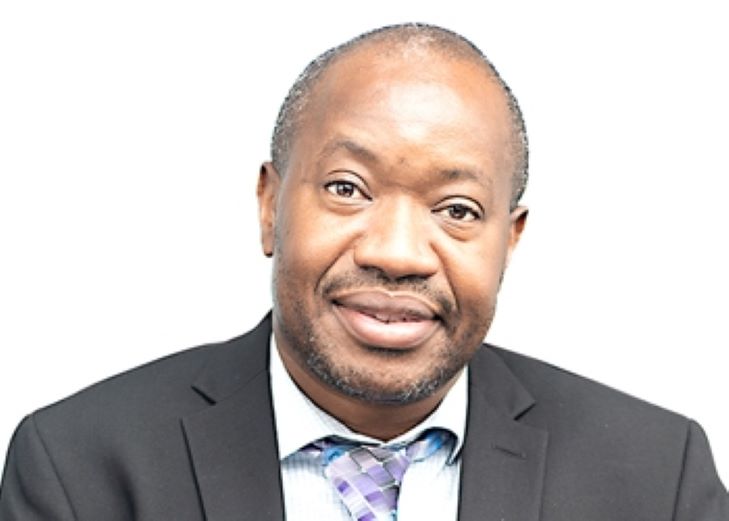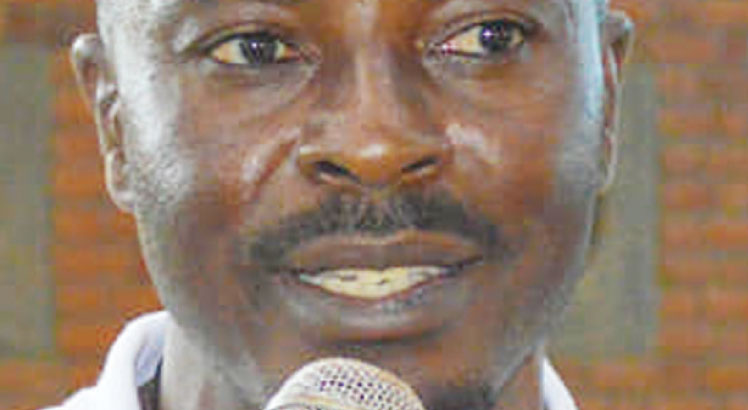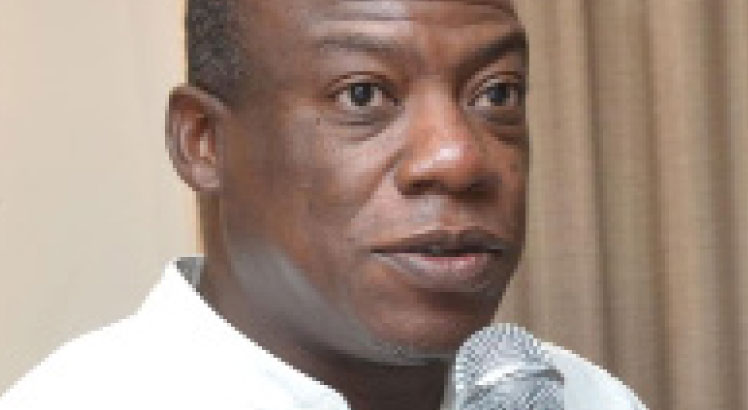District stadiums can invoke sports spirit
It is a terribly hot afternoon in Nthalire; a tiny settlement on the furthest outskirts of Chitipa District. A group of mostly bare footed boys defy the torrid weather to joyfully play football at Nthalire community ground, a faint replica of a stadium.
The sports facility, constructed by government, is complete with terraces, levelled pitch, flash toilets, and VIP stand and jealously guarded by a fence. This is the home ground for Nthalire United, a local side that plays in the Simama Northern Region Football Association (NRFA) League.
Such type of grounds or promisingly better ones are, through the government agency Local Development Fund (LDF), being constructed in five districts.
Rumphi, Karonga, Mangochi, Kasungu and Mulanje will, by this year end, have these imposing structures that are spacious enough to accommodate basketball and netball courts and running tracks to boost athleticism.

“We have not had a decent ground in this district despite people having passion for football and netball. We believe that this stadium will encourage the youth to take sports seriously,” Rumphi’s director of public works, Allan Chitete says.
The air of colourful expectations hovers over most of districts that are having these stadiums. They harbour the raw dream of becoming serial hosts of Super League matches.
With less than 10 venues approved to host the elite league matches in the country, chances of the new district stadiums hosting high profile games are as high as the sky.
This arrangement, most district authorities believe, will generate much revenue to finance various development programmes.
“Super League matches have the potential to raise huge funds which we can use to develop sports, construct roads and hospitals,” Ibrahim Kacheya, Mangochi Town Council chairperson forecasts.
Perfuming that air of expectation is the belief that the stadiums will inspire surrounding teams to fight for Super League promotion.
“Teams within the districts will not be happy to watch distant teams playing at their stadiums. They will want to fight for promotion. So the spirit of competitiveness will likely be energised,” Santigo Phiri, districts sports chairperson for Mulanje, points out.
LDF has spent over K1.9 billion to construct the latest round of stadiums. The telling challenges, nonetheless, are that other facilities will not be constructed.
For instance, the netball and basketball courts, which feature highly on most plans, have been held up triggering fears that the stadiums are designed to promote football only.
Added to that, the terraces in each stadium are too few to accommodate more than 3 000 spectators.
But LDF development communication specialist Booker Matemvu calms the fears, saying the projects are open to expansion.
“This is just the first phase. We hope to raise funds for upgrading and we have also urged the councils to seek funds so they can construct other sporting disciplines’ courts,” he said at the end of the stadiums media tour which LDF funded a fortnight ago.
Malawi football is struggling to inscribe its mark on the international stage while the netball team’s performances recently have been as pointless as P when pronouncing pneumonia.
The country’s poor showing in sports has, for long, been blamed on poor infrastructure. But like the boys that were playing football using a home-made plastic ball in Nthalire, the district stadiums have the potential to persuade more people into the game.





